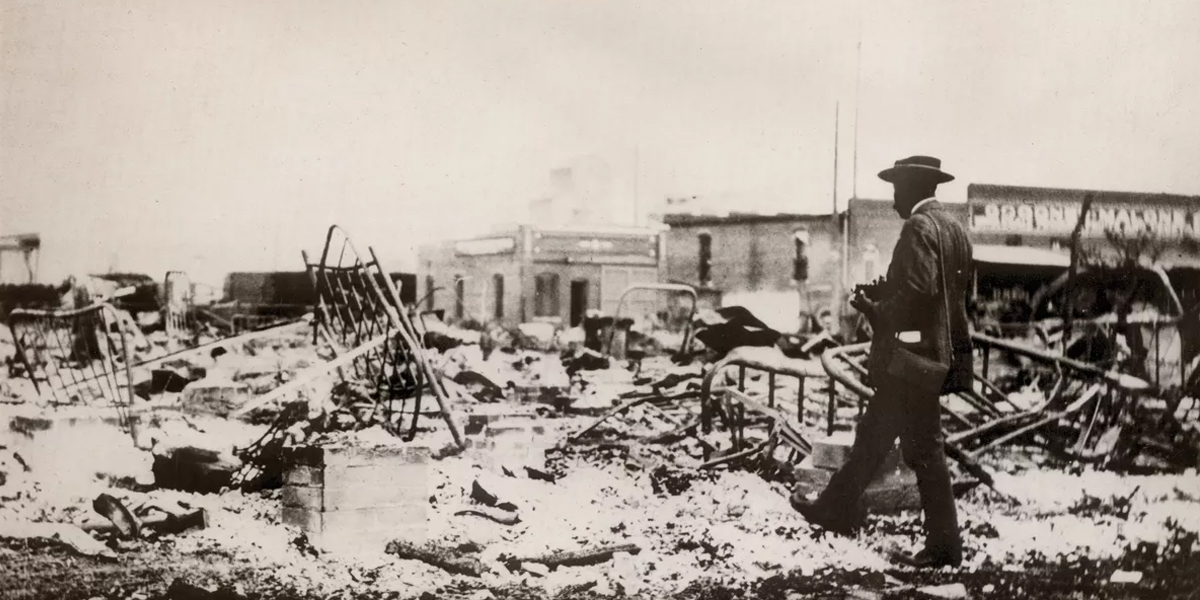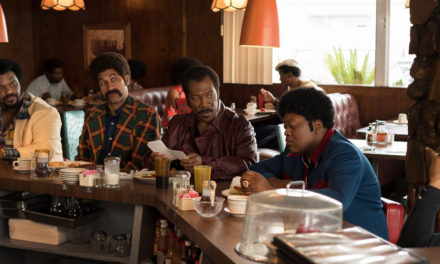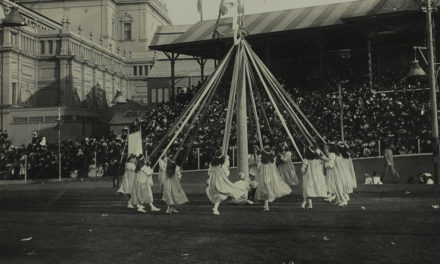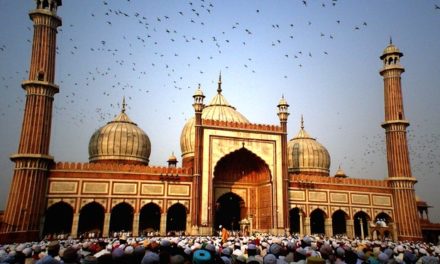Racial violence is nothing new to America. It has been a marker of its society for hundreds of years and the reason the country is what it is today. From the genocide of natives to the slavery of Black people, wielding violence against other races has been the method of choice for far too long.
Today marks the 99th anniversary of one of the nation’s worst instances of racial violence. The 1921 Tulsa race massacre saw the affluent African American community of Greenwood – otherwise known as Black Wall Street – burned to the ground by a white mob in just 24 hours. In just one day, roughly 1,200 homes were destroyed, 35 blocks burned and around 300 Black people killed with thousands more left injured and homeless.
Greenwood saw the success of a Black community during a time when racial tensions were fraught – Jim Crow laws were in full operation and lynching’s were all too common. Yet, in this small pocket of Tulsa, Black businesses thrived, and the community had access to their own theatres, doctors and physicians. However, that success was marred by the growing resentment of Tulsa’s white inhabitants.
The catalyst for the horrors that came was when a 19-year-old Black shoe-shiner, Dick Rowland, was accused of assaulting a white teenager. Rowland was quickly arrested, and before long, a white mob awaited him outside the courthouse while Black men gathered to protect Rowland from being lynched. Soon after, the situation escalated with the mob descending on Greenwood and beginning its tyranny against the residents.
The Oklahoma governor declared Martial Law and the National Guard began arresting people – not the mob, but the scores of Black people who had just lost their homes, businesses and loved ones.
According to the Tulsa Historical Society and Museum, no criminal act from the day “was then or ever has been prosecuted or punished by government at any level.”
Red Summer
It was years prior to the events that laid the foundation of what was to come. In a post-WWI United States, social tensions were reaching its peak. With a shortage of jobs in industrial cities, many African Americans decided to leave the South for better economic opportunities and an end to racial segregation. By 1919, estimates reveal that around 500,000 Black people had emigrated out of the South in what became known as The Great Migration.
However, the high competition for jobs and housing had spurred a wave of anti-black sentiment across cities in the Midwest and Northeast. As resentment grew, so did the racial violence against Black people. During 1919, violent riots emerged across the country, from Chicago to Virginia, leading to the death of hundreds.
Government Erasure
The Greenwood district of Tulsa was known as being the wealthiest African American community in the country. So, why is so little known of it today?
Despite the rampant violence that occurred a century ago, the extent of what happened in Greenwood has been covered up for decades and has largely gone unacknowledged. Records have disappeared, and history books have omitted the day completely. For some time, when the event was mentioned, it was referred to as a ‘race riot’ as a means of blurring the line between who the aggressor was. Make no mistake, it was nothing short of a massacre employed by not only the white mobs but aided by the state.
While there is still so much unknown about the event, there have been efforts to learn more about what occurred on the fateful day in 1921. Earlier this year, after a suspected mass grave was discovered, an excavation project was announced by the city that aimed to “establish the presence or absence of human remains, determine the nature of the interments, and obtain data to help inform the future steps in the investigation, including appropriate recovery efforts.”
However, the project has since been postponed due to the coronavirus outbreak.
Today’s Protests
The commemoration of Black Wall Street comes as protests break out not only across the United States but in cities around the globe from London to Tokyo, united in a stand against police brutality, and calling for abolition.
Last week, 46-year old African American George Floyd died after a police officer used his knee to pin Floyd’s neck down for several minutes, despite his pleas of not being able to breathe. Floyd later died in hospital, becoming the latest victim of police murder in a never-ending list that dates back centuries.
The last few days have seen an escalation of protests across the country from a community in frustration and pain. As cities burn and police officers utilise the weapons and resources available to them, it’s unconscionable to think that we’re still protesting the right to not be killed.
Nearly a century on from the Tulsa race massacre, the question arises: will Black lives ever matter?
- This Artist is Making the Underwater Arena His Canvas - 28th April 2021
- A Video Game that Promotes Peace and Conflict Resolution - 15th March 2021
- Netflix’s ‘Living Undocumented’ is a Difficult Series to Watch, and Exactly Why We Should - 9th March 2021






